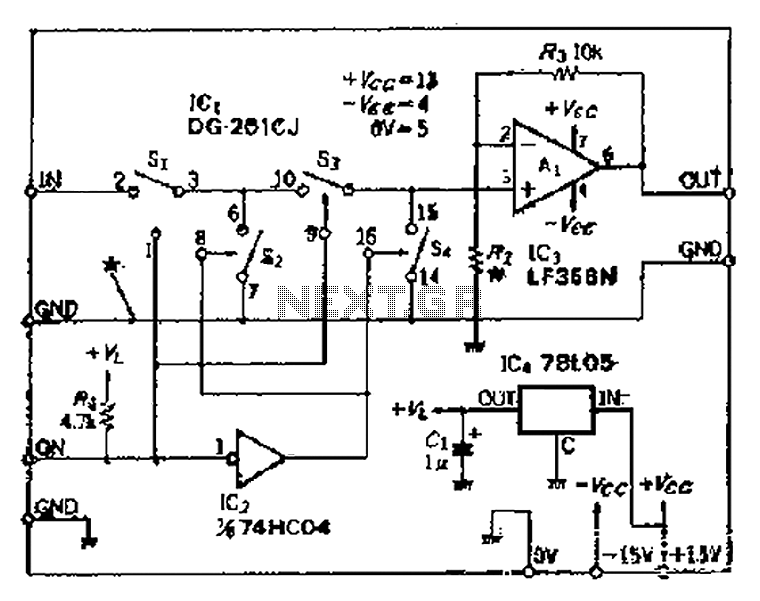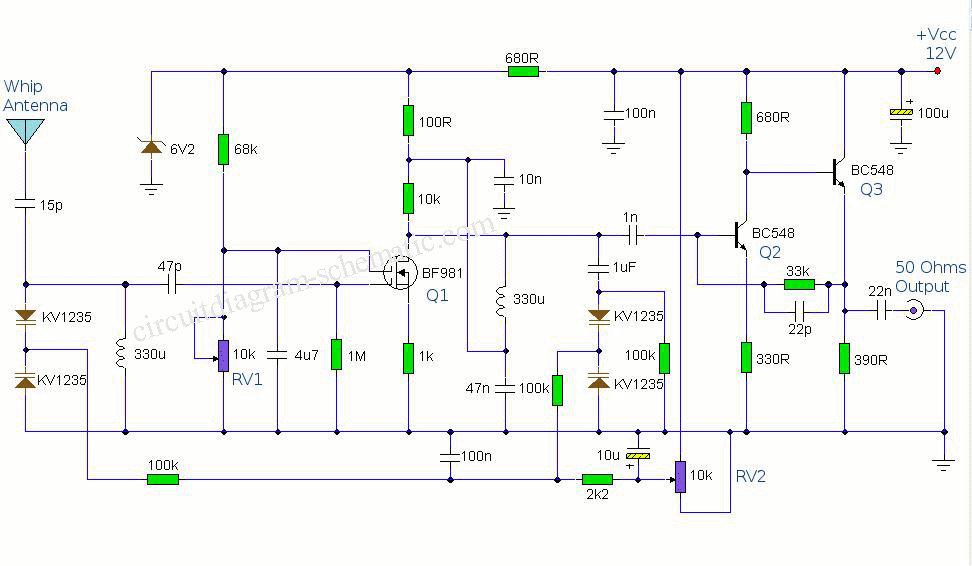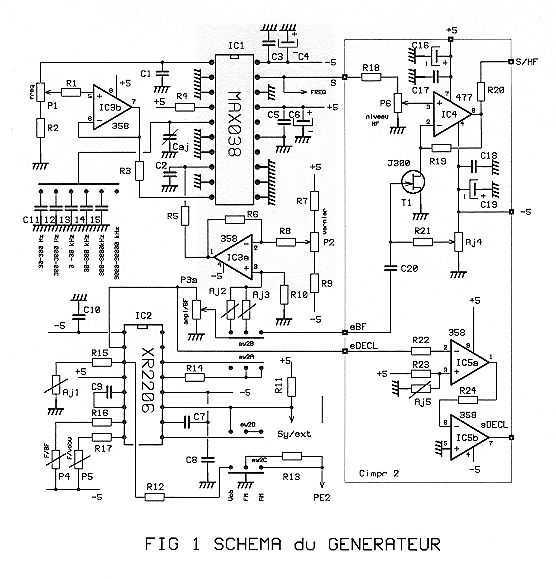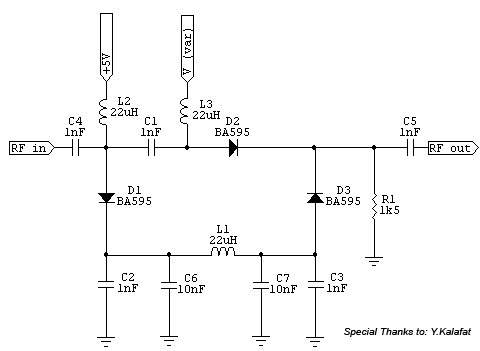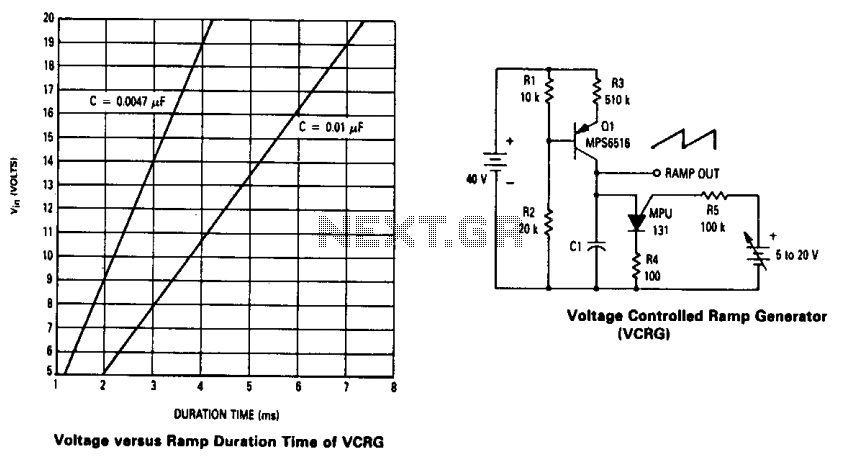
1kHz square wave signal generator
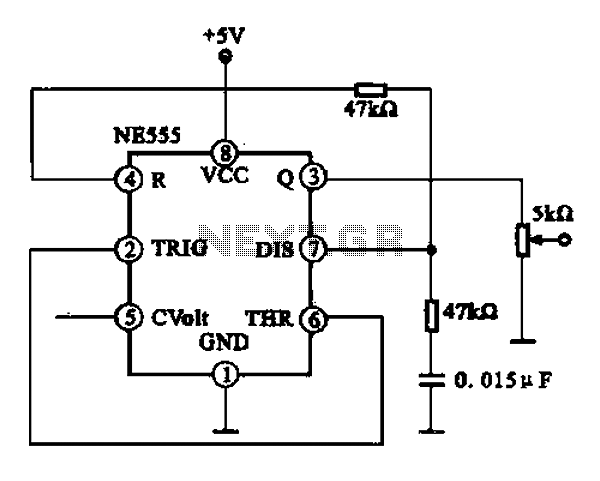
A 1 kHz square wave signal generator is created using a time base circuit with an NE555 timer, combined with a time constant circuit consisting of a 47 kΩ resistor and a 0.15 µF capacitor.
The circuit utilizes the NE555 timer in astable mode, which allows it to generate a continuous square wave output. In this configuration, the frequency of the output signal is determined by the resistor and capacitor values connected to the timer. The formula for calculating the frequency (f) of the output square wave in astable mode is given by:
f = 1.44 / ((R1 + 2R2) * C)
Where:
- R1 is the resistor connected between the discharge pin and the supply voltage,
- R2 is the resistor connected between the discharge pin and the threshold pin,
- C is the capacitor connected between the threshold pin and ground.
In this specific design, the time constant circuit includes a 47 kΩ resistor and a 0.15 µF capacitor. These components establish the timing intervals for the high and low states of the square wave. The values chosen will yield a frequency of approximately 1 kHz.
The NE555 timer operates by charging and discharging the capacitor through the resistors, producing the square wave output at pin 3 of the timer. The duty cycle of the output signal can also be adjusted by varying the resistor values, allowing for flexibility in application depending on the requirements of the circuit being designed.
This type of square wave generator can be utilized in various applications, such as clock pulses for digital circuits, testing equipment, and waveform generation for signal processing tasks. Proper decoupling capacitors should be included in the design to ensure stable operation of the NE555 timer, and a power supply voltage typically in the range of 5V to 15V can be used, depending on the specific requirements of the application.1kHz square wave signal generator As shown by the time base circuit NE555 plus the time constant circuit (47 kfl O.Q15 UF) composed of] hair kHz square wave signal generator.
The circuit utilizes the NE555 timer in astable mode, which allows it to generate a continuous square wave output. In this configuration, the frequency of the output signal is determined by the resistor and capacitor values connected to the timer. The formula for calculating the frequency (f) of the output square wave in astable mode is given by:
f = 1.44 / ((R1 + 2R2) * C)
Where:
- R1 is the resistor connected between the discharge pin and the supply voltage,
- R2 is the resistor connected between the discharge pin and the threshold pin,
- C is the capacitor connected between the threshold pin and ground.
In this specific design, the time constant circuit includes a 47 kΩ resistor and a 0.15 µF capacitor. These components establish the timing intervals for the high and low states of the square wave. The values chosen will yield a frequency of approximately 1 kHz.
The NE555 timer operates by charging and discharging the capacitor through the resistors, producing the square wave output at pin 3 of the timer. The duty cycle of the output signal can also be adjusted by varying the resistor values, allowing for flexibility in application depending on the requirements of the circuit being designed.
This type of square wave generator can be utilized in various applications, such as clock pulses for digital circuits, testing equipment, and waveform generation for signal processing tasks. Proper decoupling capacitors should be included in the design to ensure stable operation of the NE555 timer, and a power supply voltage typically in the range of 5V to 15V can be used, depending on the specific requirements of the application.1kHz square wave signal generator As shown by the time base circuit NE555 plus the time constant circuit (47 kfl O.Q15 UF) composed of] hair kHz square wave signal generator.
